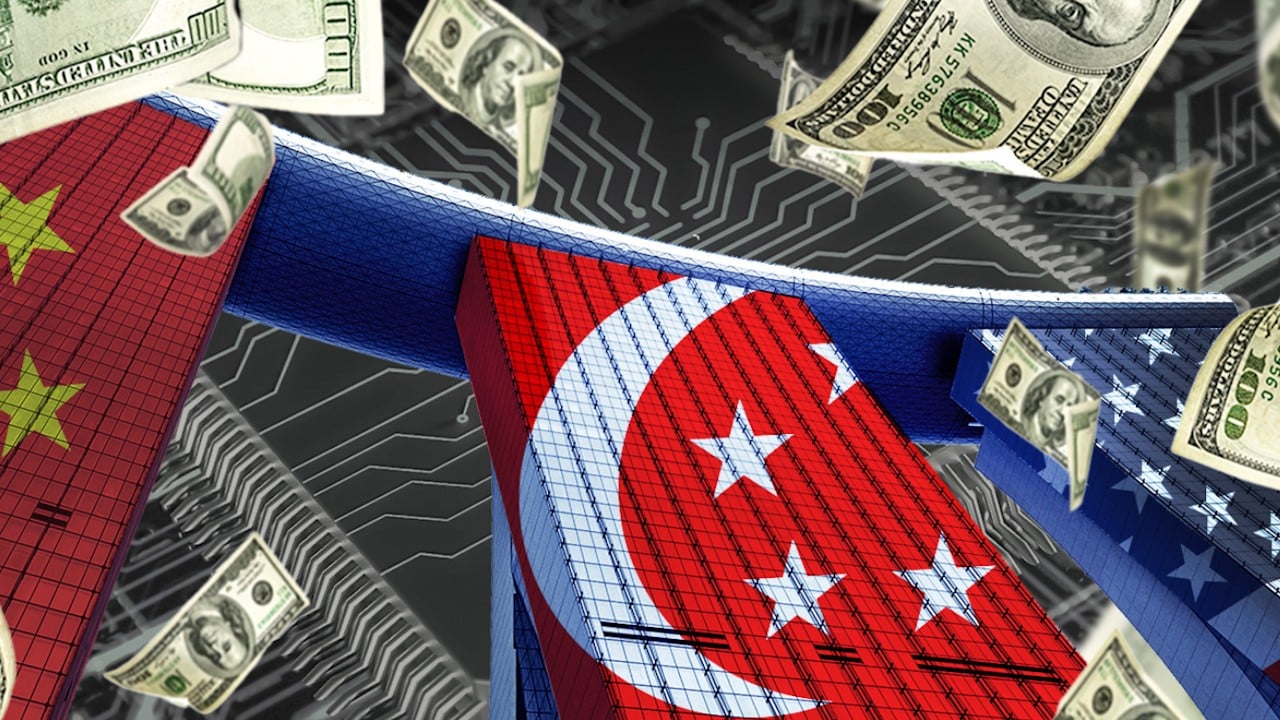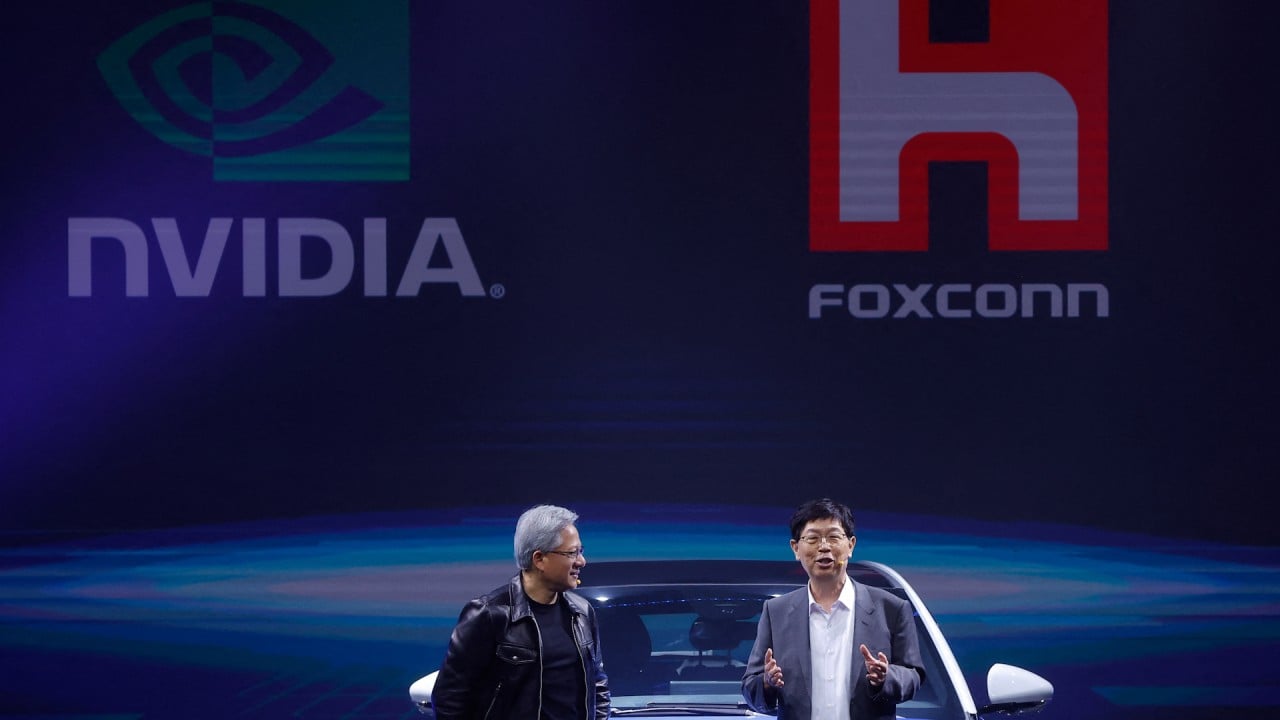
AI: US and China must rise above a zero-sum race
- As the dominant AI power, the US should understand that its latest salvo in the tech war risks undermining technological advances that depend on collaboration as much as competition
- Global cooperation and a standardised regulatory framework will nurture an environment conducive to breakthroughs
This portrayal, however, oversimplifies the complex nature of AI development and global technological progress.
These innovations not only solve critical problems but also generate positive externalities, enriching society by fostering efficiency, enhancing quality of life and driving sustainable development worldwide.
Currently, 64 per cent of top-tier AI research papers have co-authors who come from different countries. The race analogy, while compelling, does not fully capture the collaborative and interconnected nature of technological progress.
The Biden administration’s proposal, aimed at protecting intellectual property and sustaining a competitive advantage, inadvertently shifts the discourse back towards a zero-sum scenario. This approach emphasises the pursuit of AI supremacy to achieve substantial economic, military and geopolitical gains, particularly in the context of geopolitical and military dominance.
Their status is challenging for any country to contest as this dominance stems from institutional advantages like favourable regulatory and tax environments and mature capital markets, alongside “network effects” of concentrated AI talent in hubs like Silicon Valley.
It could stifle global AI cooperation, as entities tread cautiously with regard to sharing data and resources. Its second-order effects could Balkanise the global tech landscape, creating isolated AI sectors and cloud infrastructures worldwide.
Furthermore, divergent AI regulations could lead to a “race to the bottom” scenario, where companies might move to countries with the least-stringent laws, potentially harming global ethical standards.
Why UK including China in AI Safety Summit was the right move
The US’ latest proposal, while simple in theory, also faces complex execution challenges, as gathering detailed customer data is burdensome, costly and could generate economic and legal obstacles for US cloud providers.
China’s response to this policy is pivotal to AI’s future. While the path of mutual escalation looms, the more probable outcome is that China will bolster its domestic AI capabilities and forge new international alliances beyond the reach of US influence. With its vast data collection capabilities and integrated digital ecosystems supported by government policies, China positions itself as a sound contender.

How China is making its dream of flying cars, drones and sky cities come true
Each nation brings unique advantages and approaches to the table, influenced by its specific regulatory landscape, market dynamics and technological infrastructure. Collaborative efforts can undoubtedly lead to shared benefits, but the tumultuous transition to a multipolar world makes confrontation inevitable.
As such, true advancement in AI may not come from merely avoiding confrontation but through a transformative approach that redefines competition itself. Competition is, of course, welcome as it breeds progress. However, fair competition operates efficiently under standardised rules, and the US, as the current leader, appears to be setting these rules.
Implementing such a framework, however, will be an immense undertaking. AI surpasses nuclear technology in its complexity, diverse applications and societal implications. Unlike the tangible risks of nuclear technology, the unique ethical and privacy challenges of AI, combined with its borderless reach, make regulation and governance particularly challenging.
Ultimately, the path forward should merge competitive spirit with a commitment to shared goals, shaping a future where AI serves as a bridge between nations, not a battleground.
Jeffrey Wu is a director at MindWorks Capital, a leading Hong Kong-headquartered venture capital firm specialising in technology investment across Greater China and Southeast Asia




